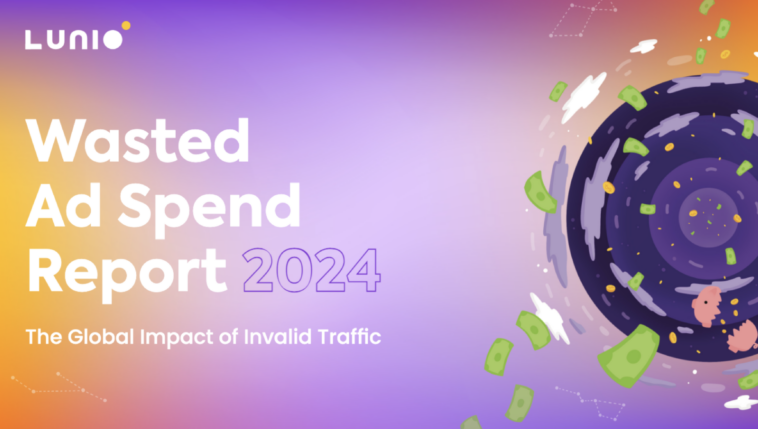As the advertising landscape faces headwinds with a 5.3% growth slowdown, a looming menace is gaining prominence – invalid traffic (IVT). Lunio, a marketing efficiency platform, reveals that in 2024, advertisers are poised to squander over $71 billion on traffic marred by invalid activity, marking a disconcerting 33% surge from 2022.
Delving into 2.6 billion paid ad clicks and 104 billion impressions across major channels – Google, Meta, LinkedIn, X (formerly Twitter), and TikTok – Lunio unveils that 8.5% of all paid traffic is deemed invalid. This translates to one in every 12 website visits being compromised.
Beyond monetary losses, the ripple effects of IVT are profound, wasting marketers’ time on spam leads stemming from fake clicks that never materialize into conversions. This misdirection leads to skewed budget allocations and unreliable revenue forecasts. Lunio estimates a colossal $204.8 billion in lost revenue opportunity due to IVT in 2024.
A stark revelation is LinkedIn’s topping the charts with a 25% IVT rate, signifying that over $1.43 billion in Ad Spend Forecast could be futile on fake clicks in the upcoming year. Non-Google channels, spanning Meta, Bing, LinkedIn, X, and Pinterest, bear a higher average IVT rate of 17.5%, tallying a cost of $54.8 billion. Conversely, Google channels, encompassing Search, PMax, Display, and YouTube campaigns, showcase a lower average IVT rate of 5.5%, equating to $16.6 billion.
By applying IVT rates to Google’s 2024 revenue projection of $301.59 billion and non-Google channels’ forecasted revenue of $313 billion, the cumulative toll emerges at a staggering $71 billion, forecasted to be squandered on traffic tarnished by invalid activity.
In navigating the evolving challenges of the advertising domain, combatting and mitigating the impact of IVT stands out as a pivotal imperative for advertisers to fortify budgets and optimize overall marketing efficacy.
A recent report highlights a 17% average rate of invalid traffic (IVT) in open programmatic advertising across desktop web, mobile web, and mobile apps during the second quarter of this year.







Comments
Loading…